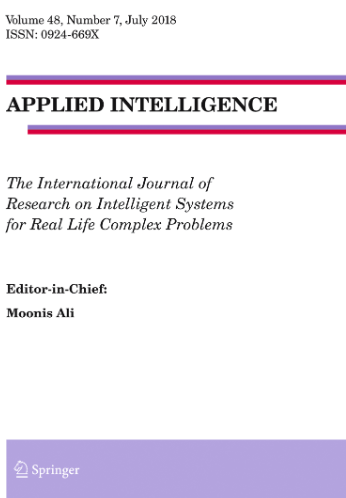Daily power generation forecasting for a grid-connected solar power plant using transfer learning technique
Abstract
Deep learning is efficiently used for photovoltaic power generation forecasting to handle the intermittent nature of solar energy. However, big data are required for training deep networks which are not available for newly installed plants. Therefore, in this study, a novel strategy is proposed to train a deep learning model using a transfer learning technique to cop up with the unavailability of enough training datasets. A new 400 kWp solar power plant installed in the Himalayan region is considered as a case study to evaluate the proposed model. The proposed approach utilizes solar radiation data to train a deep neural network and then fine-tune the model using the power generation data from the plant. The network architecture is optimized using grey wolf optimizer to find the best suitable model for the data. The evaluation results show that the same model can achieve higher performance in generation forecasting with percentage error improved by 2% and R-value increased by 7.7% after applying transfer learning. Moreover, SHapley Additive exPlanation and Partial Dependence Plots are used to interpret the model behavior and showed that the model is mostly dependent on the previous generation values (up to 4 days) followed by the temperature and solar radiation.

 求助内容:
求助内容: 应助结果提醒方式:
应助结果提醒方式:


